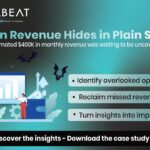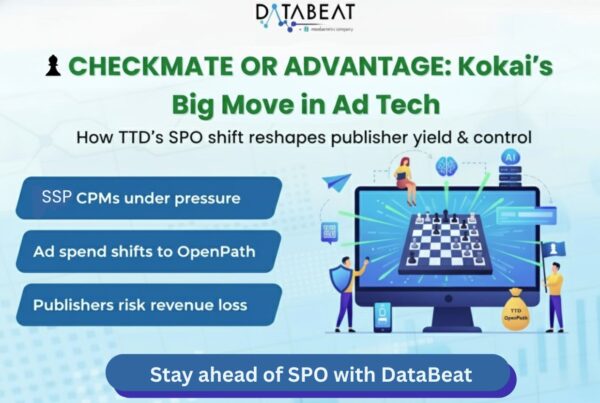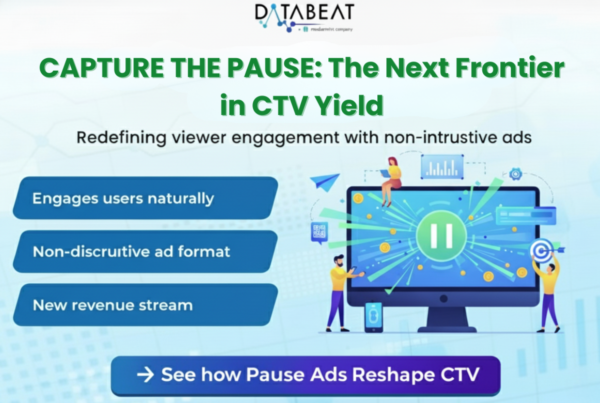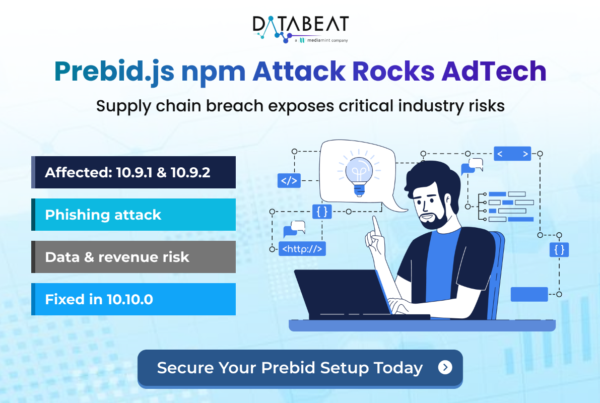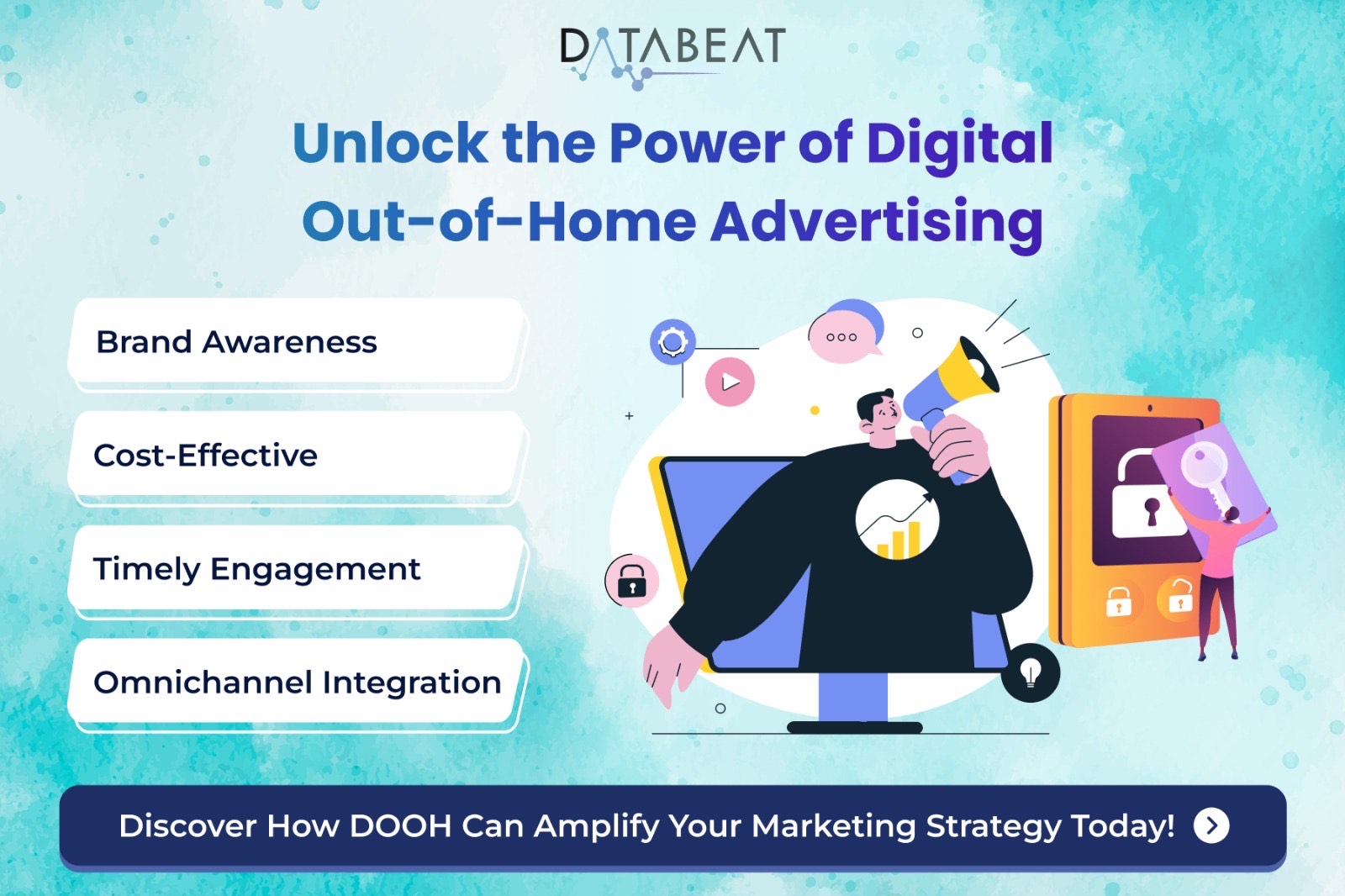
Just as mobile phones evolved from basic calling devices to feature-packed smartphones with internet connectivity and a lot more in a palm, traditional Out Of Home advertising(static billboards) has also transformed into dynamic, data-driven digital screens, we call it Digital Out of Home, or DOOH, provides more advantages than other options, particularly for advertisers.
What is Digital Out-of-Home(DOOH) advertising ?
Digital Out-of-Home(DOOH), refers to digital advertising displayed in public spaces like billboards, transit stations, airports, and malls(out-of-home ads). These ads can range from large-scale digital billboards to interactive kiosks or screens in locations with high foot traffic.
DOOH is all about capturing consumers in physical environments, often just as they are about to make purchasing decisions. For instance, the numerous displays with advertisements in Times Square is the perfect example of a DOOH.
How is DOOH Advertising Different from CTV Advertising?
While CTV plays commercials on internet-connected TVs when just a small audience is present (maybe a family), DOOH places ads on screens where people are walking by. Advertisers may find DOOH to be more cost-effective than CTV because it offers more benefits and has a greater potential to reach more people for the same amount of money. Compared to CTV, DOOH ads deliver greater brand exposure and a wider audience. Advertisers who want to raise brand recognition can just pick DOOH over CTV. Unlike CTV, viewers cannot skip the Digital ooh ads, which greatly benefits the Advertisers. There won’t be any privacy issues in DOOH, Advertisers need not take the implementation efforts to make sure the privacy of the user is being kept private.
What makes Digital Out Of Home(DOOH) advertising significant?
-
Brand awareness
DOOH is an effective way to create brand awareness for advertisers as it displays on large-scale digital billboards, increasing visibility and reaching a broader set of audience. This maximizes the exposure of the brand, and builds trust with the customer.
-
Broader Audience Reach
DOOH advertising extends beyond traditional home-based advertising, connecting with consumers in active, real-world environments like transit centers, retail spaces, and service stations. This approach captures audiences during their daily routines, increasing engagement at pivotal moments of decision or transition.
-
Cost-Effective Option
For brands seeking extensive visibility, DOOH ads provide a cost-efficient solution. It offers significant exposure at a competitive price, making it suitable for broad audience targeting and general brand awareness campaigns.
-
Timely Consumer Engagement
DOOH’s strategic placement allows brands to engage consumers at critical decision points, such as before entering a retail store, during daily commutes, or while in public spaces. This targeted engagement encourages immediate consumer action, driving higher conversion rates.
-
Strengthening Omnichannel Campaigns
DOOH seamlessly integrates with other digital platforms, enabling brands to extend their campaigns across online and offline channels. This cross-platform synergy amplifies brand messaging, enhances visibility, and ensures a consistent omnichannel consumer experience.
In the upcoming years, DOOH will be the most significant area of digital marketing and it will grab a significant portion of video ad share, making it the most economical audience outreach tactic accessible to all advertisers.
Why is Digital Out Of Home Media expanding so quickly in the AD Tech Industry?
With the key advantages and inexpensive advertising for DSPs and advertisers, the DOOH sector has seen a rise in recent years, following the CTV boom.
Around $3.2 billion has been spent on DOOH advertising in the US in 2024, and $5 billion will be the expected spend in 2025, with an anticipated 80% increase. This demonstrates how quickly DOOH is expanding year over year in the digital media market.
This growth is expected as marketers are achieving higher conversion rates compared to traditional digital media advertising. In the upcoming years, DOOH is anticipated to expand quickly not just in the US but also in every other country.
What are the Emerging Trends in DOOH?
DOOH is now integrating with mobile and CTV ad spaces using geofencing to create a seamless omnichannel experience. When a user watches a DOOH ad at a specific location, geofencing detects that their mobile device was present at that screen, enabling the same ad to be played later on their mobile or CTV. This integration also enhances engagement by incorporating trending social media posts, user-generated content (UGC), live event updates (such as sports scores, stock prices, and weather alerts), and personalized ads triggered by real-world events.
The significance of Programmatic DOOH (PDOOH)
This advancement in DOOH field altered numerous facets of technology. In the past, screen owners would communicate directly with advertisers and play the commercials accordingly. The more efficient procedure, or more simplified procedure, has now been implemented (pDOOH).
In pDOOH, DSPs and SSPs have separated the screens according to where they have been installed.
For instance: When DSPs or advertisers wish to target the GYM audience, they will turn to an SSP that is registered with the GYM screens to advertise at various GYMs.
Consequently, there are a wide range of segregations, like
- Education
- Health
- Gym
- Grocery
- Walkways
- Financial
- Office Buildings
- Residential Spaces
IPP in DOOH: Measuring Impressions
Impressions per play (IPP) provides the advertiser with an estimate of the number of viewers at that specific play. It is also addressed as Impressions per slot and Audience per play.
For instance: If ten individuals are expected to be watching a screen with an advertisement playing, then
- Plays = 1 (because that particular advertisement is only played once during the allotted time frame).
- IPP= 10 (Because ten people are watching it)
- Impressions = Plays * IPP = 1 x 10 = 10 impressions
How will AI and 5G impact DOOH ads?
AI is changing a lot of things in the DOOH space, AI is now being used for calculating the number of viewers present in front of the Screens, contributing to the IPP values. And also AI is being used to detect the Age and gender of the Audience in front of the screen. It can also be used for different things: contextual targeting, analytics, weather, location, etc
In the programmatic space of DOOH, 5G improves performance by allowing smooth Internet connections with multiple partners and partner servers, allowing real-time bidding for the inventory also 5G supports seamless omnichannel integration, guaranteeing a consistent advertising experience across the user’s multiple devices, and allowing large DOOH screens to display high-resolution creatives without sacrificing clarity, providing an enhanced visual experience.
Important factors to consider for DOOH Advertising
- One crucial factor is the screen’s placement.
- Date (any noteworthy days when a larger crowd is expected)
- Hours of the Day and Dayparting
- Targeting Screen Size
- Visibility for Audience
Digital Out-of-Home (DOOH) advertising delivers exceptional mass reach, making it a powerful tool for brand awareness initiatives. Its strategic placement in high-traffic public spaces enables brands to create memorable impressions. With a more favorable CPM and the capacity to connect with audiences in real-world, immediate settings, DOOH represents a cost-effective and impactful advertising approach.
How can DataBeat Help Here?
DataBeat can help DOOH businesses with Yield optimization and Programmatic advertising, maximizing ad revenue through data-driven bidding strategies. Our Advanced analytics provide deep audience insights, enhancing targeting and campaign performance. With Traffic shaping and Auction duplication management , we ensure a streamlined programmatic ecosystem for higher efficiency. Our Automated Data ingestion simplifies reporting and decision-making, while Campaign management solutions drive engagement and ROI.



